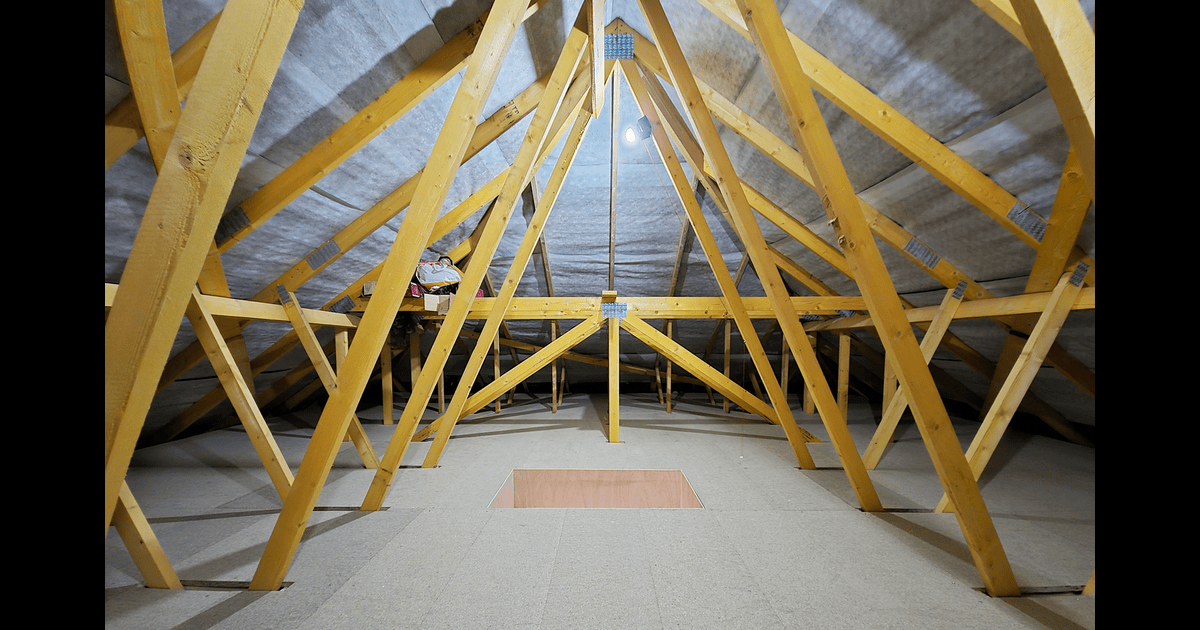The Dangers of Spray Foam Insulation – What Homeowners Should Know

The Dangers of Spray Foam Insulation
Spray foam insulation has been marketed as a quick, modern way to insulate lofts and roofs — but many homeowners are now discovering serious problems.
From mortgage refusals to moisture damage and costly removals, spray foam can end up doing more harm than good. Here’s what every West Midlands homeowner should know before considering it.
Why Spray Foam Insulation Became Popular
Spray foam is a chemical product that expands into gaps, creating an airtight seal.
It became popular because it’s fast to apply and promises strong thermal performance.
However, this same airtight seal can trap moisture, causing timber damage and ventilation problems — especially in loft spaces.
The Hidden Risks of Spray Foam
Many UK homeowners have faced serious issues after installing spray foam, including:
- ❌ Mortgage and remortgage refusals – Many lenders reject homes with spray foam because it hides roof defects and traps moisture.
- ⚠️ Condensation and rot – Timber beams need airflow; spray foam blocks this, leading to potential decay.
- 💷 Costly removal – Removing spray foam is difficult and expensive, often requiring full re-roofing.
- 🏠 Reduced property value – Estate agents frequently warn that spray foam can make a property harder to sell.
What Lenders and Surveyors Say
Mortgage providers including Nationwide, Halifax, and Santander have stated they may refuse loans or remortgages if spray foam is present in the roof space.
Surveyors also flag it as a high-risk material because they can’t assess the roof structure beneath the foam.
This has led to many sales falling through or buyers demanding complete removal.
Safer, Approved Alternatives
The safest and most reliable insulation method remains traditional loft insulation, installed correctly with ventilation and airflow maintained.
At Snug Lofts, we use high-quality insulation rolls and boarding materials that allow your roof to breathe while delivering excellent thermal performance.
Benefits include:
- Fully compliant with UK building regulations
- No chemical off-gassing or trapped moisture
- Easy inspection and maintenance access
- Compatible with loft boarding for storage
How to Check If You Have Spray Foam
If your loft has a shiny, foamy surface sprayed directly onto the roof timbers, you likely have spray foam insulation.
You may also notice:
- Difficulty seeing or accessing roof beams
- Reduced ventilation
- A chemical or “plastic” smell when warm
If you’re unsure, book a free loft survey — Snug Lofts can inspect your loft and advise whether spray foam removal or replacement insulation is needed.
Replacing Spray Foam – What’s Involved
Removing spray foam is a specialist task that requires careful handling to avoid roof damage.
After safe removal, Snug Lofts can:
- Reinstall breathable insulation
- Add raised loft boarding for safe access
- Improve ventilation and roof airflow
This restores both your roof health and property value.
The Bottom Line – Choose Safe, Breathable Insulation
Spray foam may look modern, but it’s often a shortcut with long-term risks.
Breathable, well-fitted insulation is a safer and more future-proof choice — protecting both your home and its market value.
Worried About Spray Foam? We Can Help.
Book your free loft inspection with Snug Lofts and discover safe, energy-efficient alternatives that protect your home’s structure and value.
Serving Birmingham, Wolverhampton, Walsall, Dudley, Solihull, Sutton Coldfield, Coventry, Nuneaton, Tamworth, Cannock, Lichfield, Redditch, Stourbridge, Halesowen and West Bromwich.
